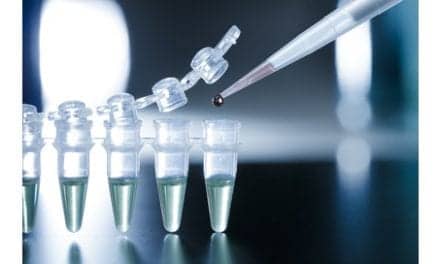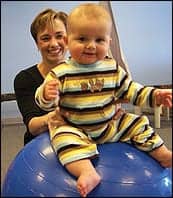UCI Reeve-Irvine researchers report that a therapy blend of salmon fibrin injections into the spinal cord and injections of a gene inhibitor into the brain, restored voluntary motor function impaired by spinal cord injury (SCI) during a study on rodents.
The study appears in The Journal of Neuroscience
A news release issued by the University of California Irvine (UCI) states that Gail Lewandowski, PhD, project scientist at the Reeve-Irvine Research Center and Oswald Steward, PhD, director and professor, Reeve-Irvine Research Center, (pictured above) achieved the results by “turning back the developmental clock” in a molecular pathway key to the formation of corticospinal tract nerve connections and providing a scaffold to allow neuronal axons at the injury site to grow and link up again.
The release adds that the work expands on previous research in which Steward helped discover that axons flourish following the deletion of the PTEN enzyme in 2010. Two years later, a UCI team reportedly found that salmon fibrin injected into rats with SCI filled cavities at the injury site, offering axons a framework to help reconnect and facilitate recovery.
Steward states that the study’s findings are a major step in the team’s effort to identify treatments that restore functional losses sustained by SCI patients.
“Paralysis and loss of function from spinal cord injury has been considered irreversible, but our discovery points the way toward a potential therapy to induce regeneration of nerve connections,” Steward notes in the release.
During the study, Steward and Lewandowski treated rodents with impaired hand movement resulting from SCI with a blend of salmon fibrin and a PTEN inhibitor known as AAVshPTEN. A separate group of rodents were treated only with AAVshPTEN, the release says.
The results indicate, Steward explains, “the combination of PTEN deletion and salmon fibrin injection into the lesion can significantly enhance motor skills by enabling regenerative growth of corticospinal tract axons.”
The next objective of the research centers on learning how long, post-injury, the combination treatment can be effectively administered. The treatment would be a “huge step” if delivered in the chronic period weeks and months post-injury, Steward adds, “but we need to determine this before we can engage in clinical trials.”
Photo Credit: UCI
Source(s): UCI, Reeve-Irvine Research Center





